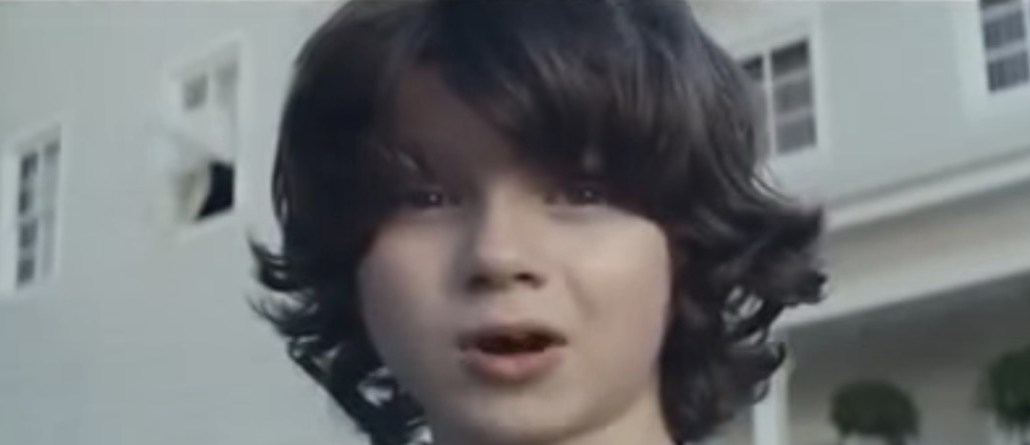Save 50% on a 3-month Digiday+ membership. Ends Dec 5.


For every heartwarming Budweiser Clydesdale spot, there are at least five Super Bowl misfires, such as GM’s ill-fated suicidal robots ad back in 2007.
While reasoning isn’t exact or scientific, brands, more often than not, fumble their expensive Super Bowl advertisements. Creating a spot that’s memorable for years to come is easier said than done, but companies that dare to try something different risk opening themselves up to falling flat and ridicule.
With so much on the line, brands can lose sight of their goal, which leads to catastrophic Nationwide and Groupon-level ads, said James Fox, CEO of Red Peak Branding.
“The size of the Super Bowl audience doesn’t seem to be an insurance against poor creative decision making,” he said. “Agencies and clients can become extremely myopic about their ‘one big spot’ and group-think can take over.”
With that in mind, let’s remind brands of four things they should not do:
Be depressing.
Remember last year’s doozy for Nationwide Insurance? It started off innocently enough with a young boy talking about his life, but took a turn at the end when it was revealed he was dead at the end. The idea, to highlight preventable child injuries, was well-intentioned, yet the morbid tone swiftly generated negative backlash.
Ad position: web_incontent_pos1
Quan Hoang, a creative director for the advertising agency HZDG, lauded Nationwide for doing something unconventional but criticized the execution and said it ultimately painted a negative image of the brand.
“They tried to keep it real, but in doing so, they chose the wrong approach of storytelling,” he said. “People are expecting a certain kind of ending, and they flipped it at the end. It definitely left people wondering, what the heck happened?”
Be repulsive.
Jublia, a toenail fungus medication, also offended the 114 million viewers last year with its “Tackle It” commercial showing a grotesque fungus cartoon. With its grating voiceover and too literal of an explanation, the brand went too far, Hoang said.
Ad position: web_incontent_pos2
Be sexist.
Being a small fast-food chain, Carl’s Jr. wanted to maximize attention, so it went the sexist route, using scantily clad supermodel Charlotte McKinney to promote its sandwich. The ad was derided as sexist, lazy and lame.
“There was nothing new or nothing that made you think it had any value to it,”Hoang said. “There are smarter ways to use sex, and they failed at it.”
Be racist.
Five years ago, Groupon aired a tone-deaf advertisement making light of the Tibetan refugees and showing them selling discount coupons. “The people of Tibet are in trouble. Their very culture is in jeopardy,” said actor Timothy Hutton, then showing him in a restaurant. “But they still whip up an amazing fish curry.”
The ad bombed, igniting a backlash calling it offensive. Hoang said it was one of the worst commercials he’d ever seen. “Why are they even hurting the Tibetan people even more?” he said. “It failed in so many spots.”
So, what can a brand do to ensure that its ad won’t dragged by the Internet? Hoang said that while it’s difficult to do given there are more than 70 commercials vying for people’s attention, brands should be try to be original.
“You have go to do something that no one else does and create a clear voice,” he said. “It’s not just a spot, but a whole marketing campaign.”
More in Marketing

Ulta, Best Buy and Adidas dominate AI holiday shopping mentions
The brands that are seeing the biggest boost from this shift in consumer behavior are some of the biggest retailers.

U.K. retailer Boots leads brand efforts to invest in ad creative’s data layer
For media dollars to make an impact, brands need ad creative that actually hits. More CMOs are investing in pre- and post-flight measurement.

‘AI is permeating everything we do’: How Guitar Center developed 2 AI tools this year
This summer, the company launched a chatbot called Rig Advisor to help customers find the right instruments and products.
Ad position: web_bfu
